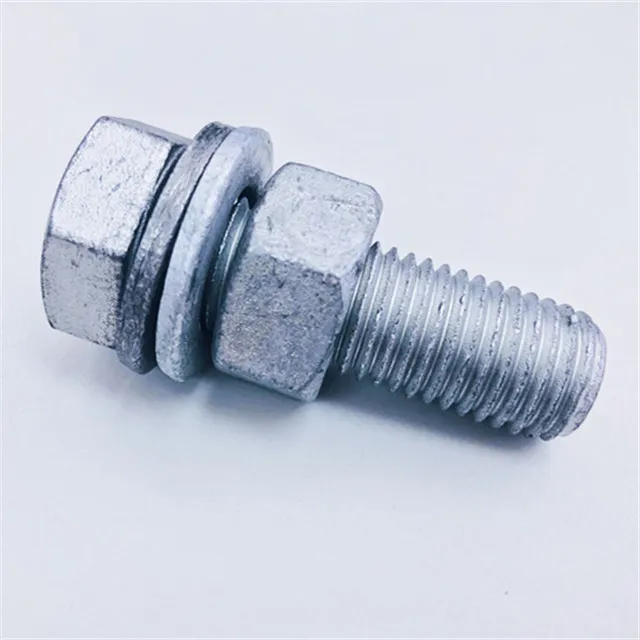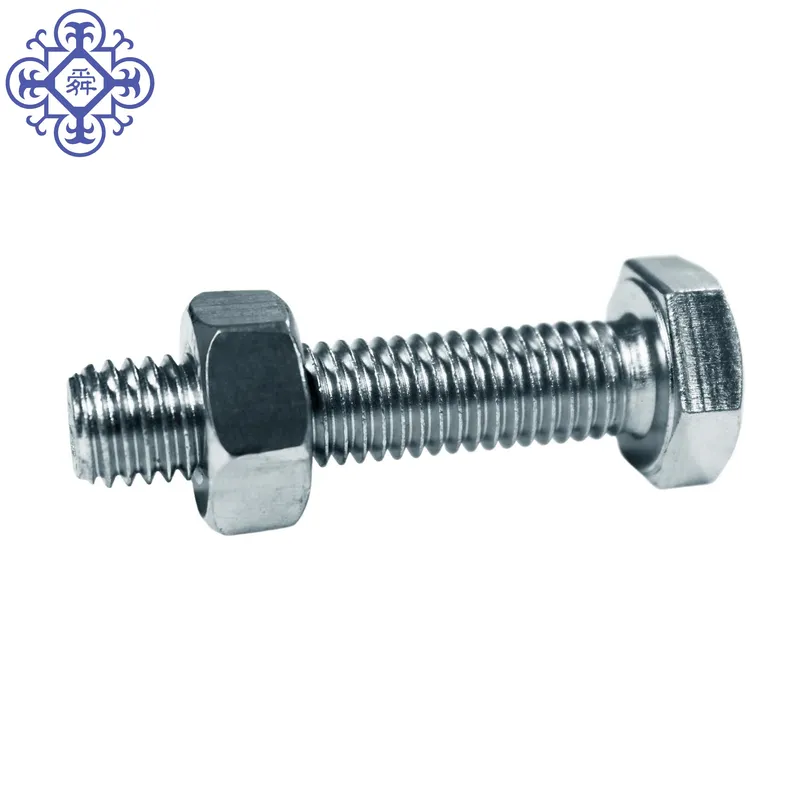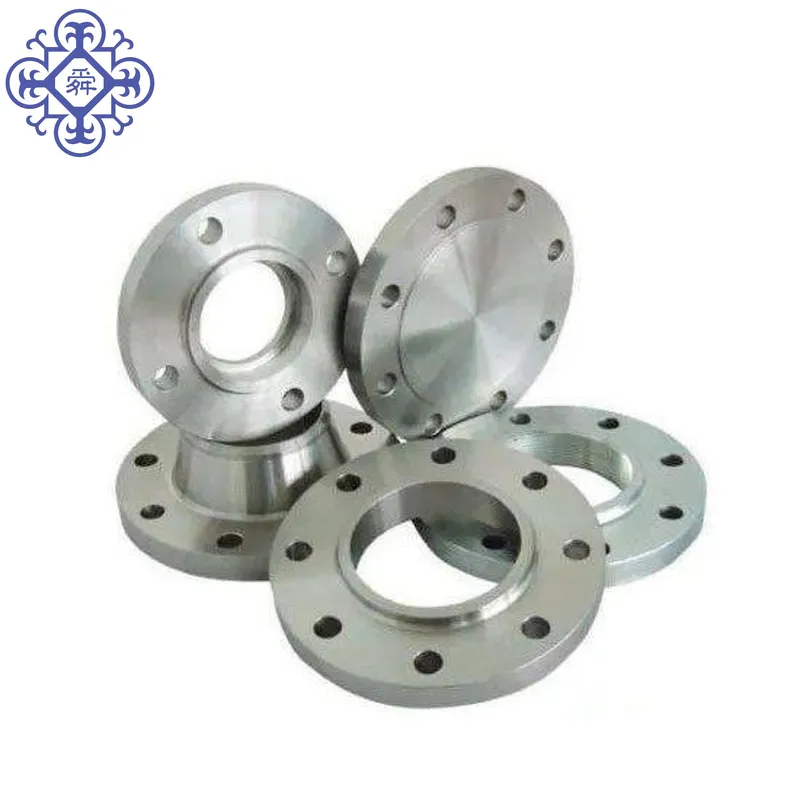
Nā Laʻau Lapaʻau maʻamau no nā Bolts
This article introduces four common surface treatments for bolts: coating, hot-dip galvanizing, electroplating, and Dacro. These methods can improve the corrosion resistance and appearance of bolts. Coating and electroplating can make the surface of the bolt smoother and more beautiful, but they are not durable and are easily scratched; hot-dip galvanizing and Dacro can enhance the anti-corrosion ability, but the surface is not beautiful enough. Now there is a hexavalent chromium-free formula for Dacro, ʻoi aku ka maikaʻi o ke kaiapuni. This article briefly introduces the advantages and disadvantages of each treatment method, as well as their importance.



